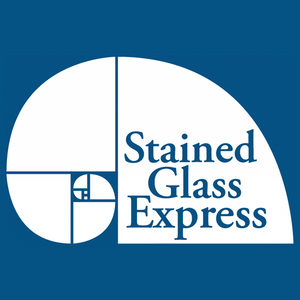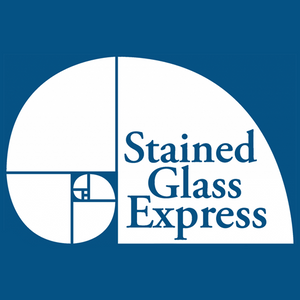FOOD SAFE ISSUES
I think I have not researched an issue and come up with less concise data ever. Here are some things I did find.
FUSING
 The causes of concern when fusing are lead and cadmium.
Cadmium when combined with sulfur forms Cadmium Sulfide and results in deep yellow color. If mixed with Selenium and Sulfur, it gives you bright red and orange. Adding Titanium produces yellowish-brown glass.
https://www.bullseyeglass.com/is-bullseye-glass-food-safe.html At this link you can find the list of Bullseye glass that contain more than 1% lead and more than .5% of cadmium. They recommend this list be capped with clear. They also said that transparent glass leaches lead/cadmium at levels below FDA limits and less than opalescent lead/cadmium-bearing glass. So, you can decide not to cap transparent glass.
I also found from Randy Wardell in his book "Everything Else", this: The official answer from the glass manufacturers is, all tested compatible glasses have been tested by the FDA for food bearing surfaces and were determined to be suitable. However, if you add other processes or compounds to the items, for example paint, stains, decals, glazes, etc. it is important to check that these items are also approved for food bearing surfaces.
The causes of concern when fusing are lead and cadmium.
Cadmium when combined with sulfur forms Cadmium Sulfide and results in deep yellow color. If mixed with Selenium and Sulfur, it gives you bright red and orange. Adding Titanium produces yellowish-brown glass.
https://www.bullseyeglass.com/is-bullseye-glass-food-safe.html At this link you can find the list of Bullseye glass that contain more than 1% lead and more than .5% of cadmium. They recommend this list be capped with clear. They also said that transparent glass leaches lead/cadmium at levels below FDA limits and less than opalescent lead/cadmium-bearing glass. So, you can decide not to cap transparent glass.
I also found from Randy Wardell in his book "Everything Else", this: The official answer from the glass manufacturers is, all tested compatible glasses have been tested by the FDA for food bearing surfaces and were determined to be suitable. However, if you add other processes or compounds to the items, for example paint, stains, decals, glazes, etc. it is important to check that these items are also approved for food bearing surfaces.
- Glassline pens are lead free and food safe.
- Mika powder must be capped.
- Iridized glass needs to be capped. Bullseye irid is safe if full fused.
- By spraying a coating of Fuse Master Super Spray on top - food safe.
FLAMEWORKING
 Clear Boro (COE 33) is food safe. Think Pyrex.
Clear Boro (COE 33) is food safe. Think Pyrex.
 Boro colors with high metal content or fuming are not food safe. Boro is food safe if the colors with high metal contents and fuming are not the surface. The metals can cause issues in microwaves and sometimes older dishwashers that get really hot during the drying cycle. I was not able to find a list of Boro colors with high metal content. However, here is a little info on metal oxides. When glass color is made, the metal oxides are stable and "in solution," anytime you work with the glass, in any manner, you may be breaking open "the solution" and expose the metal oxides. Rods can contain: Iron Oxide, Chromium, Sulfur, Calcium, Manganese, Manganese Dioxide, Cobalt, Arsenic, Potash, copper Oxide, Nickel, Chromium, Tin Oxide, Cadmium, Titanium, Uranium, Didymium, Selenium, Copper, Gold & Silver.
Boro colors with high metal content or fuming are not food safe. Boro is food safe if the colors with high metal contents and fuming are not the surface. The metals can cause issues in microwaves and sometimes older dishwashers that get really hot during the drying cycle. I was not able to find a list of Boro colors with high metal content. However, here is a little info on metal oxides. When glass color is made, the metal oxides are stable and "in solution," anytime you work with the glass, in any manner, you may be breaking open "the solution" and expose the metal oxides. Rods can contain: Iron Oxide, Chromium, Sulfur, Calcium, Manganese, Manganese Dioxide, Cobalt, Arsenic, Potash, copper Oxide, Nickel, Chromium, Tin Oxide, Cadmium, Titanium, Uranium, Didymium, Selenium, Copper, Gold & Silver.
TRADITIONAL STAINED GLASS
In traditional stained-glass work where you solder, there are also concerns. If the product is going to be near food or next to your skin, you should use lead free solder. Or, if you are doing something like a night light for a child's room, use lead free solder. Lead toxins can be absorbed through the skin.



